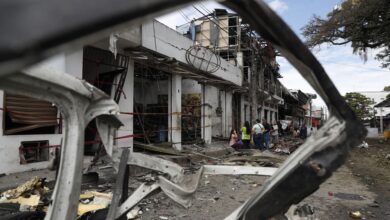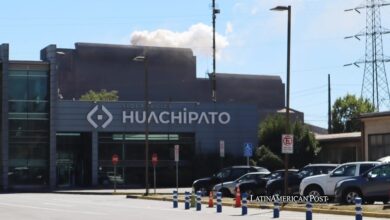Last week, the image in which the Dalai Lama kissed a minor on the mouth and asked him to suck his tongue went viral. Who is this figure, and what is his power?.

Photo: Flickr-Artemas Liu
LatinAmerican Post | Santiago Gómez Hernández
Listen to this article
Leer en español: ¿Quién es el Dalai Lama, el líder espiritual que hoy es acusado de acoso a menores?
Many people have heard of the Dalai Lama. But little is known beyond the fact that he is an older adult and the leader of a religion. However, after the recent scandal in which the Dalai Lama harassed a young man and kissed him in the mouth, there are more doubts than certainties about the role and power of this religious figure.
Who is the Dalai Lama?
The Dalai lama is a title given to Tibet's spiritual and administrative leader. He is the teacher of the Buddhists of the Tibet region in the Himalayas. It is believed that he constantly reincarnates to lead his people. The current leader is Tenzin Gyatso, 87, the 14th Dalai Lama.
Following the victory of Mao's communists in China, Tenzin fled Tibet and was in exile for decades. In 1989 he won the Nobel Peace Prize for his resistance to the use of violence in the struggle for the liberation of his territory, now under Chinese control. He is seen as a political leader against Chinese authoritarianism and a figure of non-violence.
What is Tibet?
One of the first to come out to attack and condemn the actions of the religious leader were accounts on social networks close to China. This is because the Dalai lama is the leader of Tibet. Tibet is a region of the Himalayas, west of China, and is under the control of Beijing. Since the communist victory in the Chinese civil war, the central government has taken complete control and destroyed the old ruling regime of Tibet.
You may also be interested in reading: Does Xi Jinping have the formula to solve the war in Ukraine?
There used to be an autonomous kingdom after the fall of the Qing Distance. Its capital is Lhasa, and it was from here that the Dalai Lama exercised control over his subjects. It was an absolutist and theocratic Buddhist monarchy where the political leader was the same religious leader.
In 1949, the army loyal to Beijing entered and occupied Tibet and forced the Dalai Lama to sign the 17 Point Agreement after occupying the territory for eight months. After this, they brought communism, deposing the monarchical government and distributing the great lands to most inhabitants. However, the Tibetan leader claimed the agreement was illegal since he was forced to sign it under Chinese rule.
In 1959, the Tibetan people rose against Chinese rule. This fact left thousands dead before the crude Chinese repression. These events caused the exile of the Dalai Lama to India, along with his closest circle. Tibetans are demanding the Beijing government's destruction of their cultural and religious identity. Although the Chinese Communist Party accepts that during the Cultural Revolution, there were abuses against people and temples, today, the reality is different. Tibet is rich in natural and mineral resources such as uranium, lithium, and water. Its strategic position is paramount to the Chinese government.




